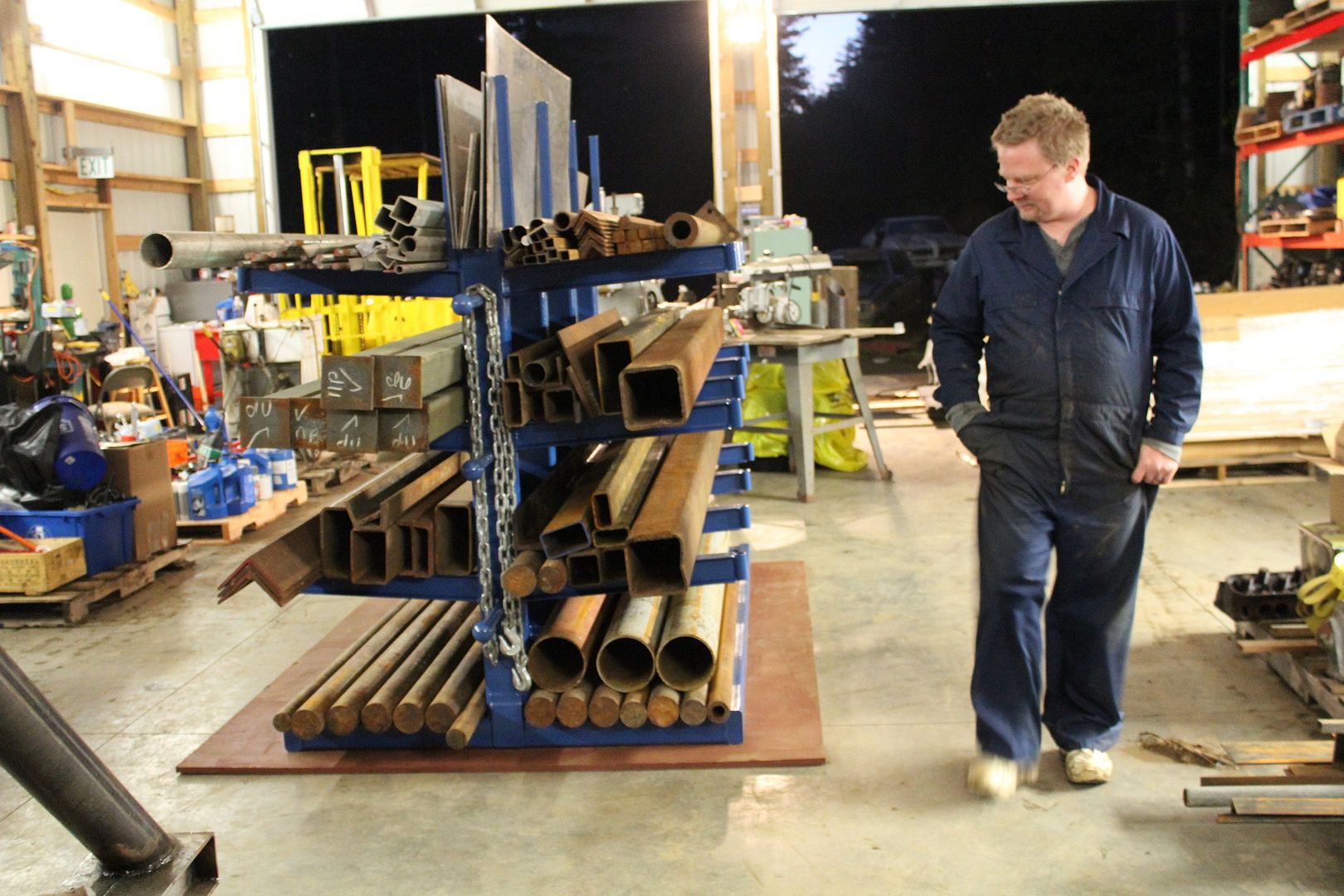Most any engine I will build, will be from bar-stock, and steel scrap found in junkyards. Much cheaper than castings...and if I screw up a part, some cursing, but, no tears.
However, I'm a bit confused about hot rolled vs cold rolled steel, plate, and, bar-stock.
There is a difference, and I guess depending on what part of the engine you are using it for, you better pick the right steel. But what steel is good for what part.
For example, crankshaft, con-rod....what steel? Flywheel...does it matter? Will one steel warp when turned? Can internal tension be neutralized by heating and cooling before making chips?
This correct choices of material selection for each part has me very confused. In a scrap-yard setting, is there an easy way to tell hot and cold rolled steels apart. Everything is usually rusty, or, greasy.
Any rules-of-thumb?
Frank
EDIT: After posting these questions, I realize they will be virtually impossible to answer without letting you know what parts of the engine the steel will be used for, stresses, working-engine vs. model engines etc.
I wish there was a reference section on this forum that listed engine parts, and the material choices for that part. It would help me, that's for sure. For example: Crankshafts: Use these steels....
Con-rods: Aluminum, use these alloys....Steel, use these choices....
Valves, use these..... Etc.
Frank
However, I'm a bit confused about hot rolled vs cold rolled steel, plate, and, bar-stock.
There is a difference, and I guess depending on what part of the engine you are using it for, you better pick the right steel. But what steel is good for what part.
For example, crankshaft, con-rod....what steel? Flywheel...does it matter? Will one steel warp when turned? Can internal tension be neutralized by heating and cooling before making chips?
This correct choices of material selection for each part has me very confused. In a scrap-yard setting, is there an easy way to tell hot and cold rolled steels apart. Everything is usually rusty, or, greasy.
Any rules-of-thumb?
Frank
EDIT: After posting these questions, I realize they will be virtually impossible to answer without letting you know what parts of the engine the steel will be used for, stresses, working-engine vs. model engines etc.
I wish there was a reference section on this forum that listed engine parts, and the material choices for that part. It would help me, that's for sure. For example: Crankshafts: Use these steels....
Con-rods: Aluminum, use these alloys....Steel, use these choices....
Valves, use these..... Etc.
Frank





